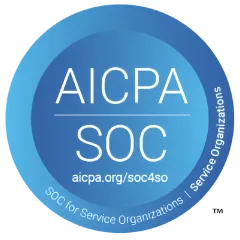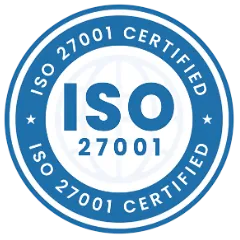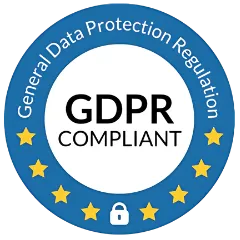This section is a step-by-step guide to fixed asset audit procedures.
The fixed asset audit procedures are for those assets that are expected to last more than just a year such as land, buildings, assets, and equipment. Fixed assets are primary resources for the business. Asset audit is necessary to do once a year to update all the records of assets in a proper manner and to maintain ongoing accuracy.
If there is no track and record of assets, you might have to pay a huge amount of money. Due to increased displacement, loss, and undocumented assets which affects the business.
Also, rightly followed audit procedures will capture the important details such as serial number, purchase date, depreciation schedule, depreciation method, useful life, fixed asset register, date of purchase, schedules of maintenance, etc.
Following are the measures for fixed asset auditing procedure:
- All the information such as the description of the asset, classification, location, quantity, purchase cost, purchase date, details of revaluation, rate of depreciation, accumulated depreciation, depreciation for the current year, depreciation schedule, depreciation method, useful life, and inclusion in the fixed asset register are required to be mentioned in the asset record.
- Description of a manufacturer, serial number, and model.
- Correct depreciation calculation
- Proper tagging
- Documentation of asset movements
Maintaining a comprehensive fixed asset inventory is essential, as it supports data accuracy and ongoing accuracy in asset management. Maintenance logs should be kept as part of proper documentation to record inspections, repairs, and condition assessments, which are crucial for compliance and verifying asset condition.
During the audit, it is important to verify actual assets, identify and remove zombie assets and ghost assets from the records, and address underutilized assets to optimize resource use and improve operational efficiency.
Thorough asset audits help prevent inaccurate reporting, support proper documentation, and maintain compliance with financial and regulatory standards. Audits ensure that asset data is accurate and up to date, supporting both regulatory and operational needs.
Also Read: How Does Asset Management Software Help in Audits?
Introduction to Asset Audits
An asset audit is a systematic process designed to verify and document a company’s physical and intangible assets. As a critical component of financial management and internal controls, an asset audit ensures that the organization’s financial statements accurately reflect its true asset base, liabilities, and equity. This process involves confirming the existence, condition, and value of all assets, including fixed assets like property, plant, and equipment, as well as intangible assets such as patents, trademarks, and copyrights. Conducting a thorough asset audit not only helps organizations identify discrepancies and prevent asset loss, but also ensures compliance with regulatory requirements. By maintaining accurate records and verifying assets, companies can safeguard their resources, support financial integrity, and meet the expectations of regulatory or government agencies.
Preparation Phase
The preparation phase is the foundation of a successful asset audit process. It begins with assembling a qualified audit team, typically including professionals with expertise in accounting, finance, and operations. This team is responsible for gathering all necessary financial records, such as the general ledger, accounts payable, and accounts receivable, to ensure a comprehensive review. Defining the scope and objectives of the audit is essential, as it guides the audit process and helps prioritize areas of focus. During this phase, the audit team also reviews the company’s asset management system, including its policies, procedures, and internal controls. Understanding how assets are managed and tracked allows the team to assess the effectiveness of current asset management practices and identify opportunities for improvement. Careful planning and preparation set the stage for a thorough and efficient asset audit, ensuring that all relevant information is available and that the audit process runs smoothly.
Asset Identification and Tracking
Effective asset identification and tracking are vital steps in the asset audit process. Each asset should be assigned a unique identifier, such as a barcode or RFID tag, to facilitate accurate tracking and management. Detailed information—including asset description, location, and condition—should be recorded in the asset register, which must be kept up to date to reflect any additions, disposals, or transfers. Leveraging asset tracking software streamlines this process, providing real-time visibility into asset location, status, and utilization. This technology not only enhances operational efficiency but also supports better asset utilization and reduces unnecessary maintenance costs. By maintaining a comprehensive and current asset register, organizations can optimize resource allocation, improve asset management, and ensure that the asset audit process is both accurate and efficient.
Physical Verification of Fixed Assets
Physical verification of fixed assets is a crucial step in the asset audit process, ensuring that the assets recorded in the company’s financial records actually exist and are in the stated condition and location. The audit team conducts on-site inspections, using detailed checklists to account for each asset and verify identifying details such as serial numbers and model numbers. Any discrepancies between the physical assets and the asset register are documented for further investigation. This hands-on approach helps prevent asset loss, theft, and misappropriation, while also ensuring that the company’s financial records remain accurate and reliable. Regular physical verification is essential for maintaining the integrity of the asset management system and supporting ongoing compliance with regulatory requirements.
Asset Valuation
Asset valuation is a key component of the asset audit process, as it determines the fair market value of each asset at a specific point in time. Accurate asset valuation ensures that the company’s financial statements and records reflect the true value of its fixed assets, supporting sound financial reporting and strategic decision making. Common valuation methods include the straight line method, declining balance method, and market comparison approach, with adjustments made for depreciation, amortization, or impairment as necessary. For complex or high-value assets, professional appraisers or valuation experts may be engaged to provide an objective assessment. Proper asset valuation not only supports regulatory compliance and resource allocation but also helps organizations plan for future audits, maintain accurate records, and make informed decisions about asset utilization and investment.
Audit Procedures with Asset Management Software
Asset management software enables you to capture all the fixed assets information electronically such as barcode number, description, location, fixed asset classes, departments and cost centers, serial numbers, etc.
Asset management software supports systematic asset management procedures and streamlines the processes involved in auditing fixed assets, ensuring all steps are followed efficiently and accurately.
Therefore, the above data can be captured automatically or can be entered manually on the go. This helps in keeping track of the correct value of assets, as well as in the computation of depreciation and taxes.
A fixed asset auditing procedure includes the use of barcode technology to make asset verification simple and efficient. During this process, the verification of existing assets and the maintenance of accurate asset records are essential for ensuring data integrity. Asset management software also allows creating any compliance reporting, accounting, or other international jurisdiction compliance reports as per the requirement.
The audit procedure for accounting ensures the existence of assets in an organization. There are some procedures that are used to verify the existence of different categories of assets while auditing. For example, buildings, heavy equipment, and other fixed assets existence will be verified through observation only.
Through asset audit procedures, it is identified that the assets in the company are at its current location. And as the process moves ahead, it helps to prepare the accurate balance sheet ensuring regulatory compliance. Adhering to accounting standards during these procedures is crucial, as it directly impacts the accuracy and reliability of balance sheets. Also, accurately performed asset audit procedures provide better internal control.
The audit procedure allows generating a detailed report on an all-inclusive and exhaustive methodological system of a meticulous inspection of a company’s assets. This is why paper-based inspection processes are an inefficient method. As it fails to reveal a variety of risks involved in the business organization such as:
- Production
- Avoidable maintenance costs
- Manufacture Quality Assurance issues
Other than these factors, the manual approach for inspection can incur issues in compliance, health, and safety regulations due to clerical error or mishappenings.
These key points enable an asset management system to be designed in such a strategic application that allows the efficiency of the inventory audit procedures.
Hence, it will surely bring value to the business and make relevant returns up to the bottom level. The use of asset management software ultimately leads to better asset management by optimizing asset utilization, improving accuracy, and supporting timely reporting.
Purpose of Audit Procedures
Audit procedures are generally performed to confirm the financial assertion of the transactions or events that have occurred in the financial statements, and they are designed in a certain way. It is essential to ensure that all assets are properly recorded for both financial accuracy and compliance purposes.
The team tests the occurrence of sales revenues through an internal audit that is recorded in the financial reports and income statements for that particular period. The test is done to confirm the transactions if they have actually occurred or not.
An accurate understanding of financial statements assertion helps perform the actionable and effective audit procedures to make the tests more efficient. Proper asset records also help organizations avoid paying taxes on assets that are no longer in use or possession.
Our cloud-based audit assistant platform will provide your team with enhanced access, visibility, and reporting capabilities, driven by extensive risk advisory experience.
Asset Infinity’s internal auditing software can help you increase productivity, efficiency, and standardization throughout your audit process. Compliance and reporting requirements may also involve audits conducted or reviewed by a regulatory or government agency.
Through the internal auditing software, you can follow the audit procedure to:
- Manage your audit activity
- Perform your audits collaboratively
- Communicate audit results and reporting
- Monitor the progress of your follow-up process
Also, you can easily view and edit files and documents online with any changes & save back to associated work papers. Teams can truly collaborate in real-time to increase efficiency during documentation and review as well.
Benefits of Internal Audit Procedure
1. Boost Productivity
Set an audit workflow and automatic alerts and notifications for audit scheduling and task assignments that boost productivity.
2. Get Organized
Store your entire audit plans, document work, findings, reports, and other documents in a digital library to be safe and organized.
3. Prioritize Resources
Conduct a risk assessment to define and prioritize audit procedures, plans and use built-in tools and resources to guide for the development of a strategic, enterprise-level internal audit framework.
4. Improve Compliance
Verification of compliance with laws and regulations is important and required to improve external audit readiness with a system that aligns with the Institute of Internal Auditors (IIA) standards.
5. Reduce Risk
Implement a consistent, structured auditing process across your organization to reduce every kind of risk involved.
6. Increase Accountability
Keep track of audit work and status with automated task management features, and corrective action plans to increase accountability.
After the verification of assets' existence, their current value needs to be established. Starting with its acquisition cost, invoice cost, verified freight costs, and taxes paid (mostly, state sales taxes, and other costs involved, such as set-up costs).
Conclusion
Streamlined audit procedures verify the fixed assets in an organization and also help to reduce some of the common frauds that occur when you get lenient with your assets, such as:
- It is not possible that all the assets are unmanageably large. Some of the equipment like computer systems, disk drives, and scientific equipment is amongst the common types of business equipment that any organization holds. Also, some of the equipment might not be active in the service all the time. For example, it is easy for $10,000 equipment kept in storage, to go missing without getting noticed. It is nearly impossible to establish when the theft actually occurred.
- An asset that is purchased always has its acquisition and also the same is sold for some value (or lower value), which is never registered or on documents.
- It is the popular kind of fraud faced by businesses that weaken its financial position. More the value of the fixed asset, the company's overall asset position improves when the value is misrepresented.
Also Read: How Effective Are Mobile Audits to a Business?
Frequently Asked Questions (FAQs)
1. How would you describe an audit procedure?
A set of actions and procedures to control an organization is known to be an asset audit procedure. They are done to test and prove the processes that are being conducted effectively.
2. What is the audit and audit process?
Auditing is defined as the on-site verification activity, such as inspection or examination, of a process or quality system, to ensure compliance to requirements. An audit can apply to an entire organization or might be specific to a function, process, or production step.
3. What is an audit summary?
At the completion of the audit, the findings need to be reviewed, organized, and presented in a coherent format that can be circulated and reviewed by management as well as other individuals within the organization. The output of this process is the audit summary report (ASR).

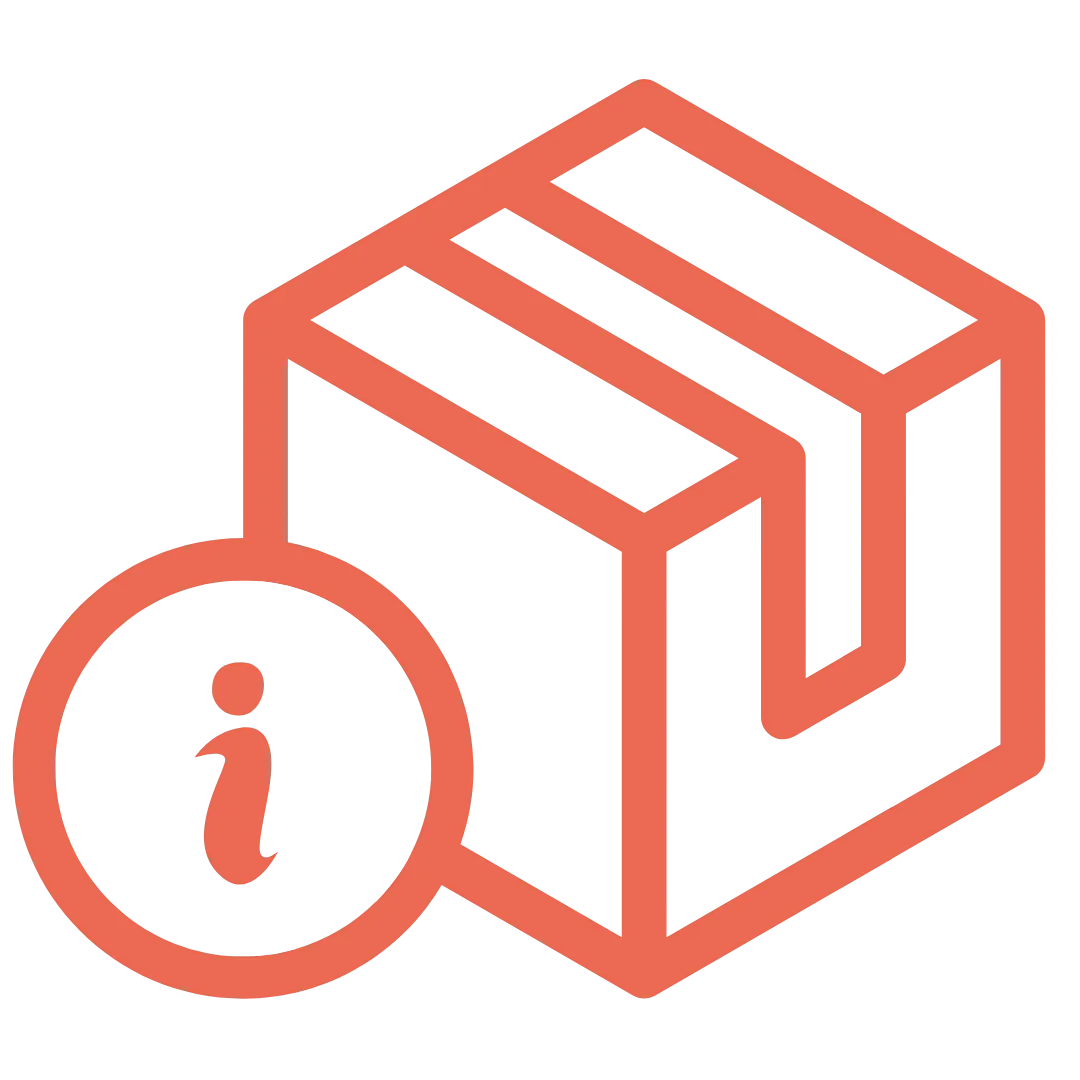
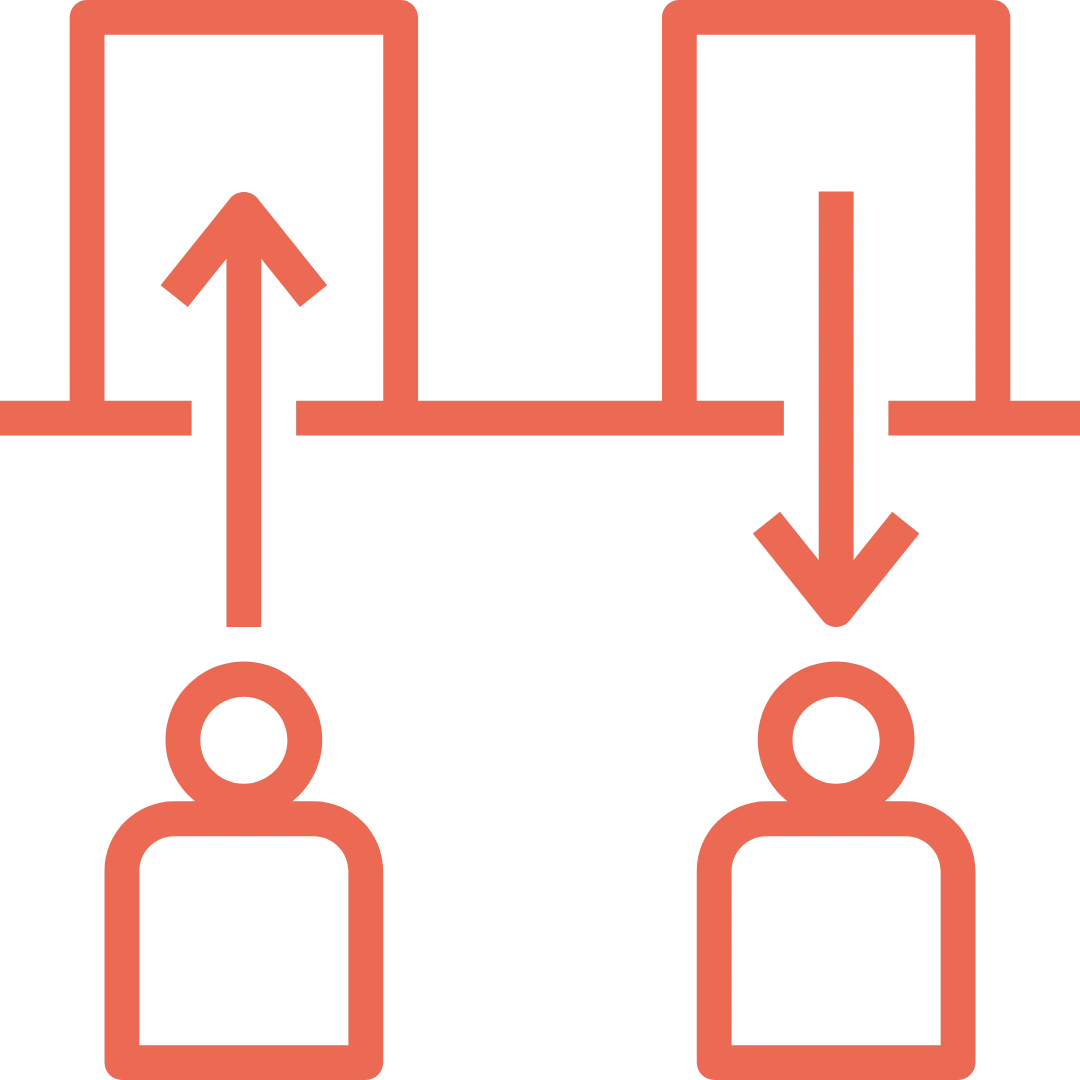









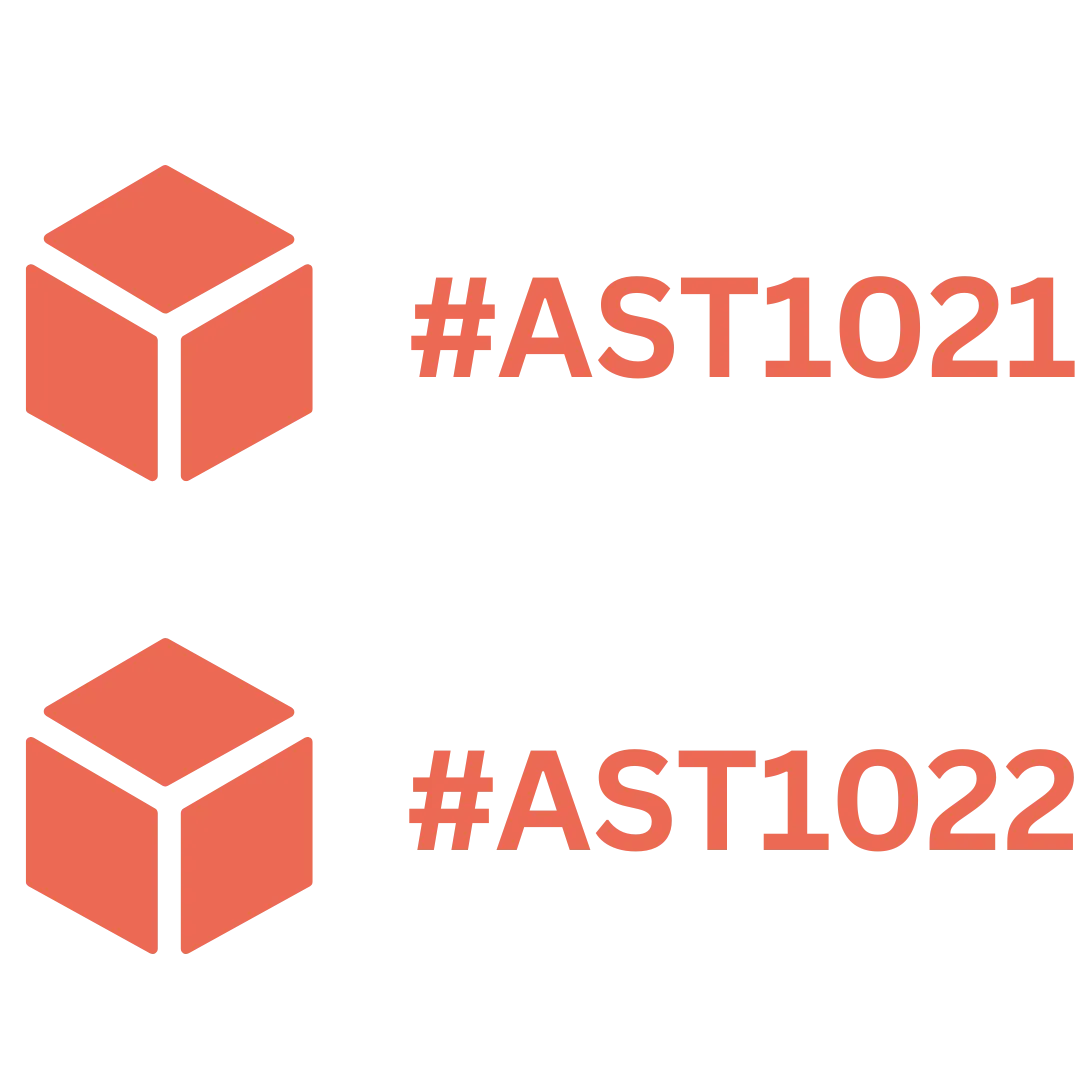

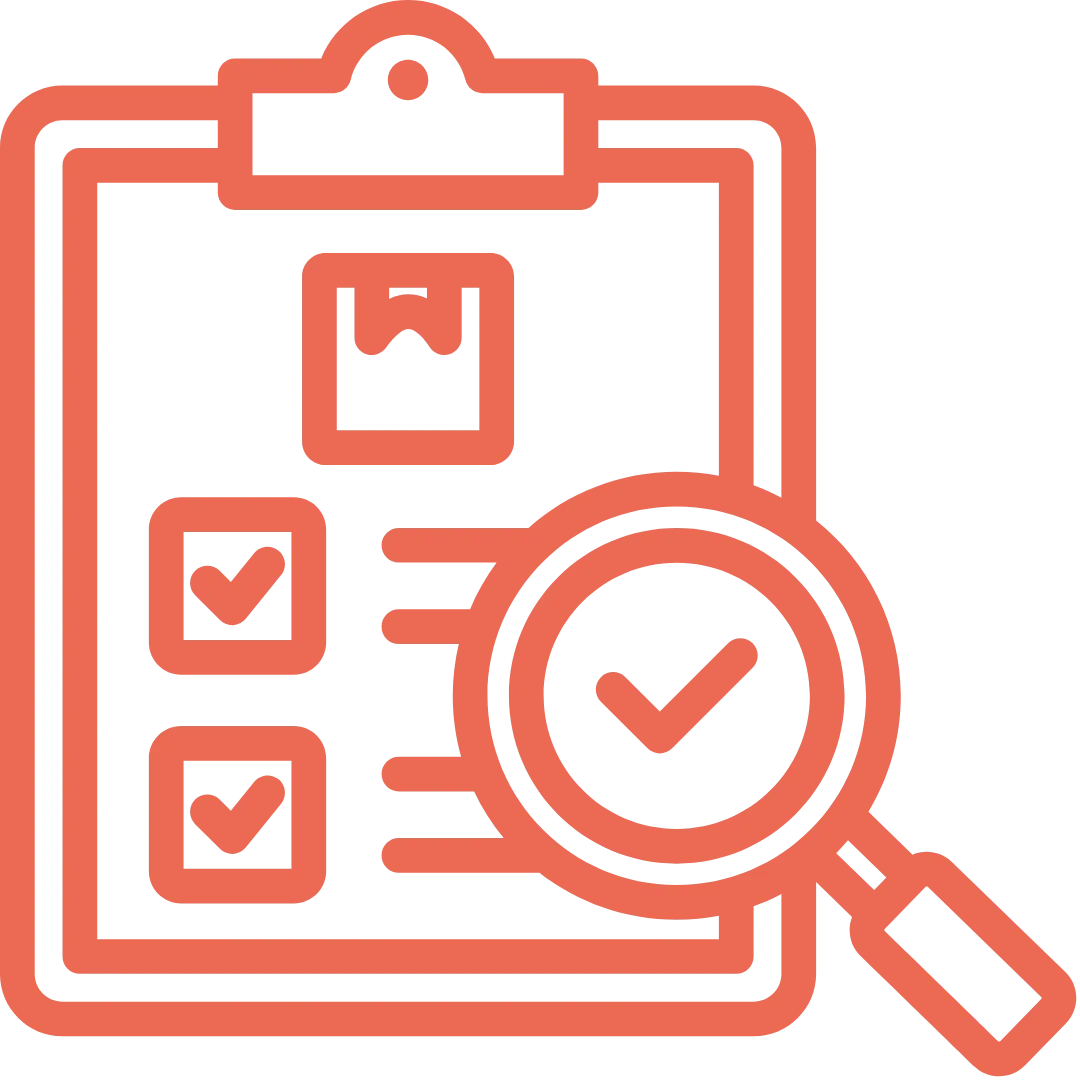

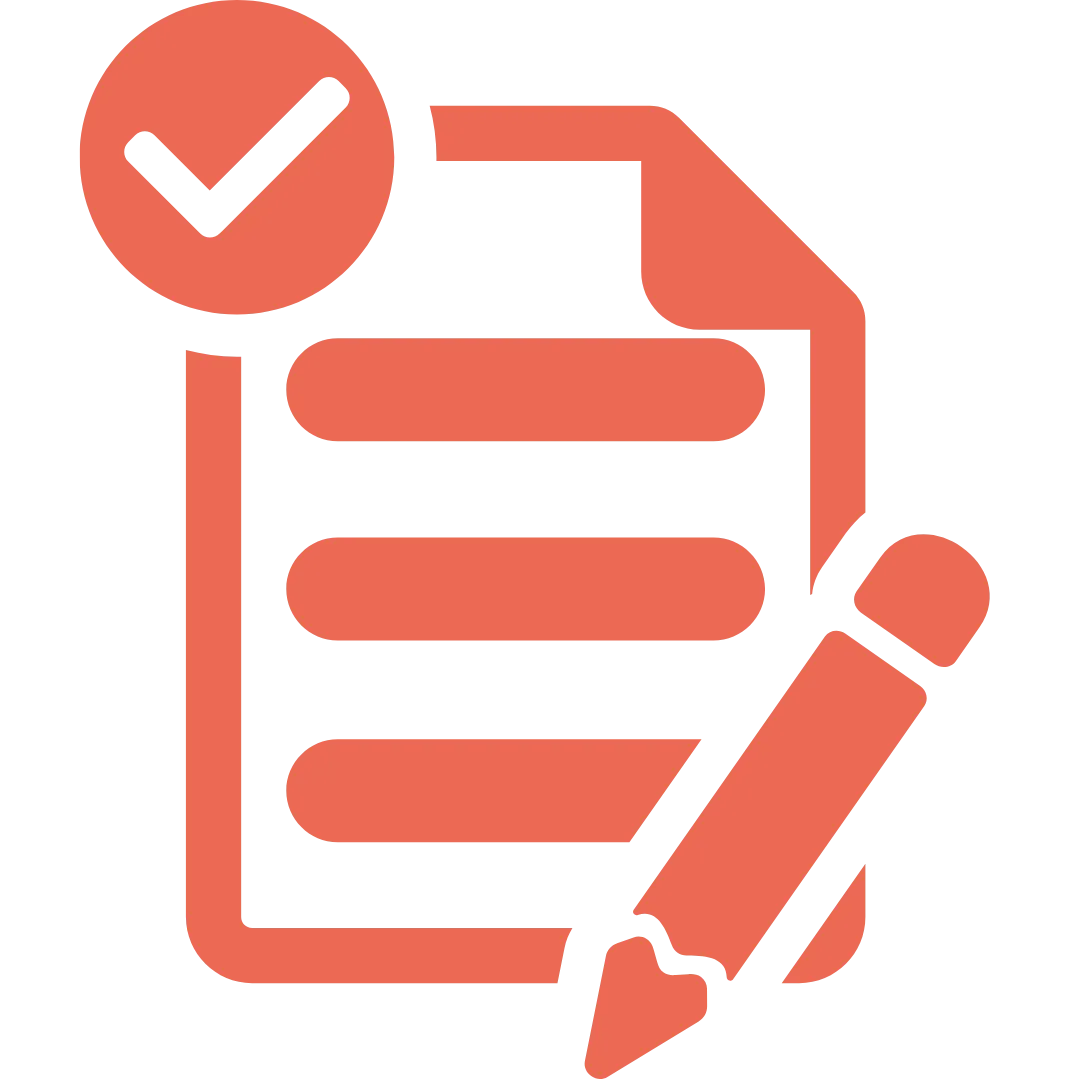

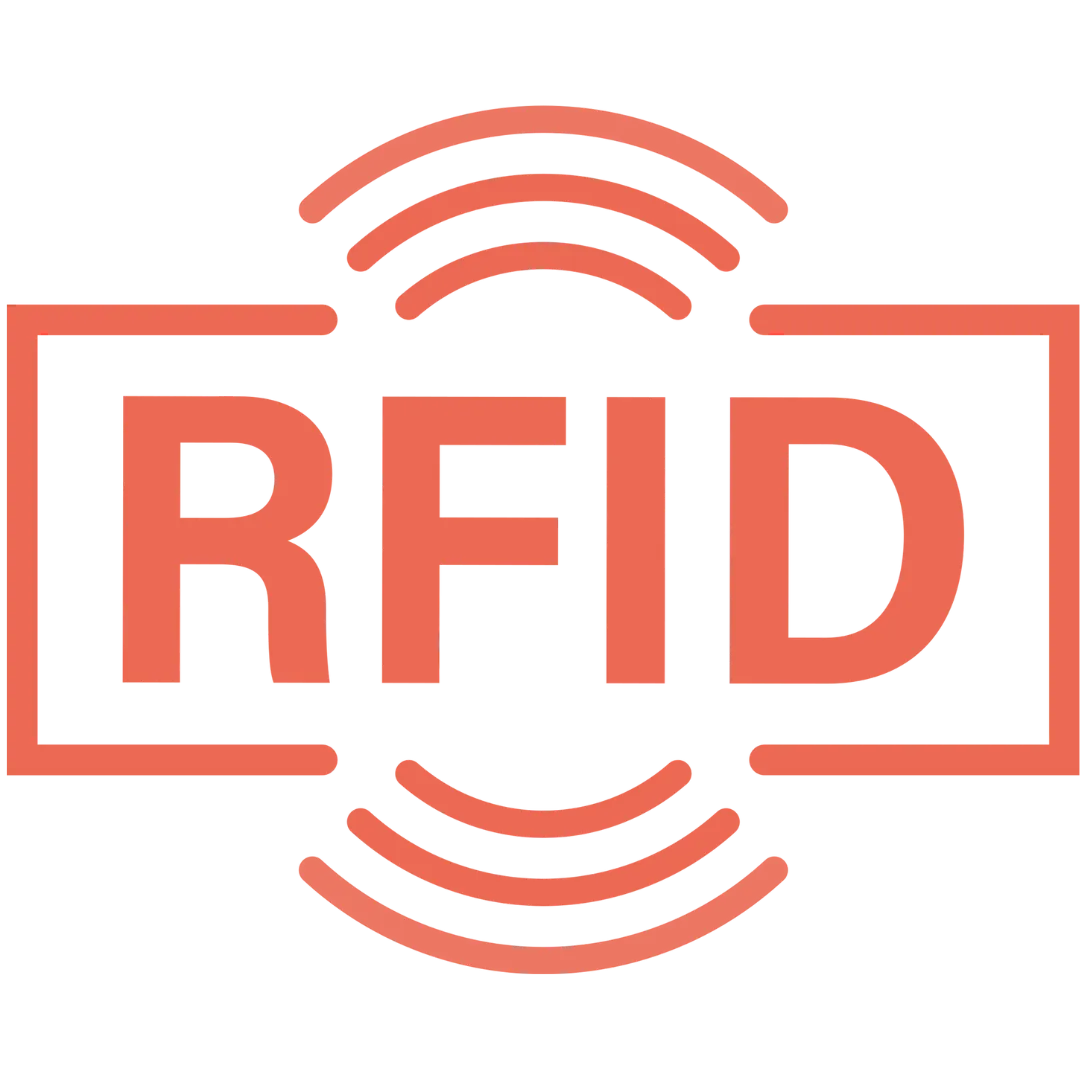






























.webp)
.webp)
.webp)
.webp)
.webp)
.webp)
.webp)
.webp)
.webp)

.svg)




.webp)
.webp)






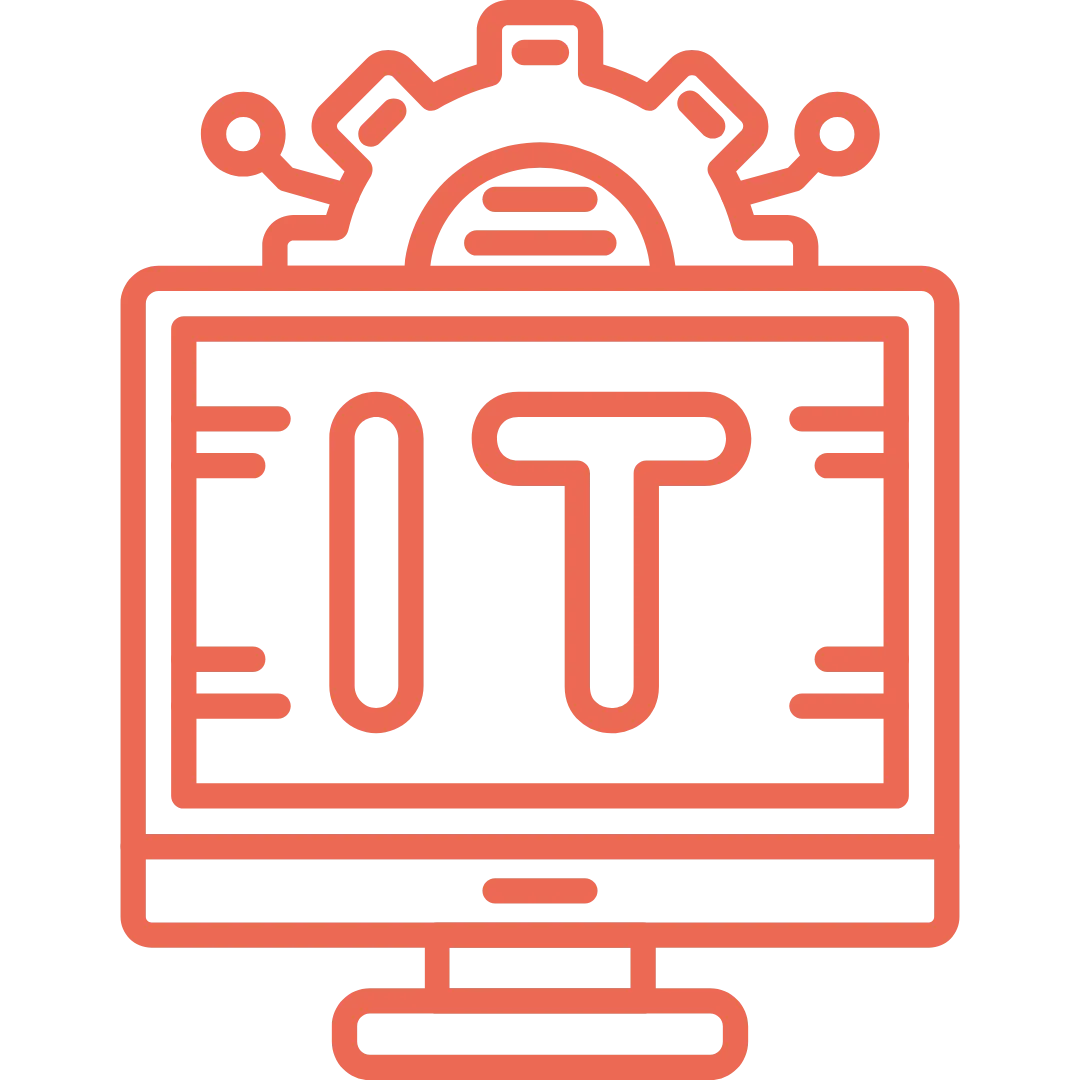







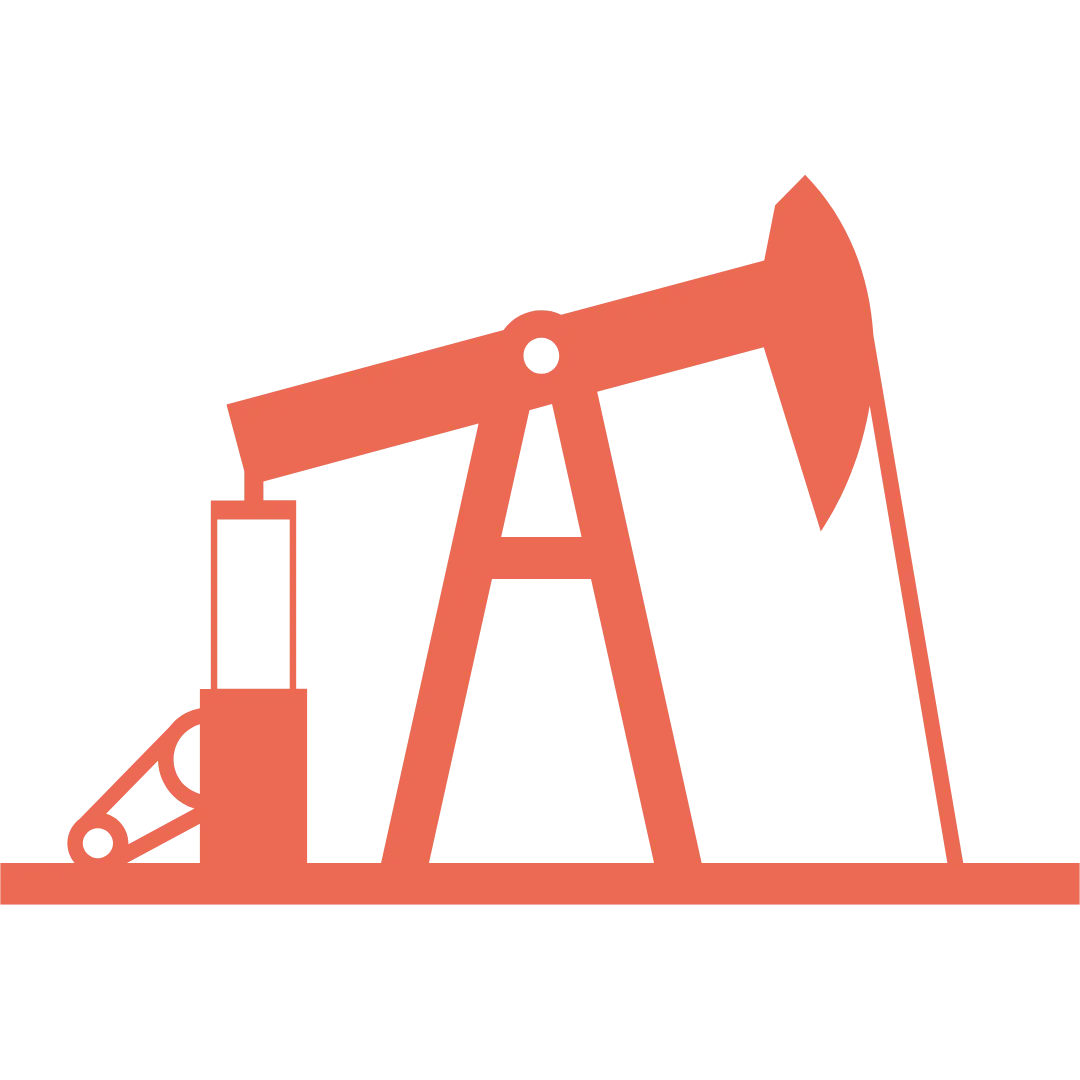



















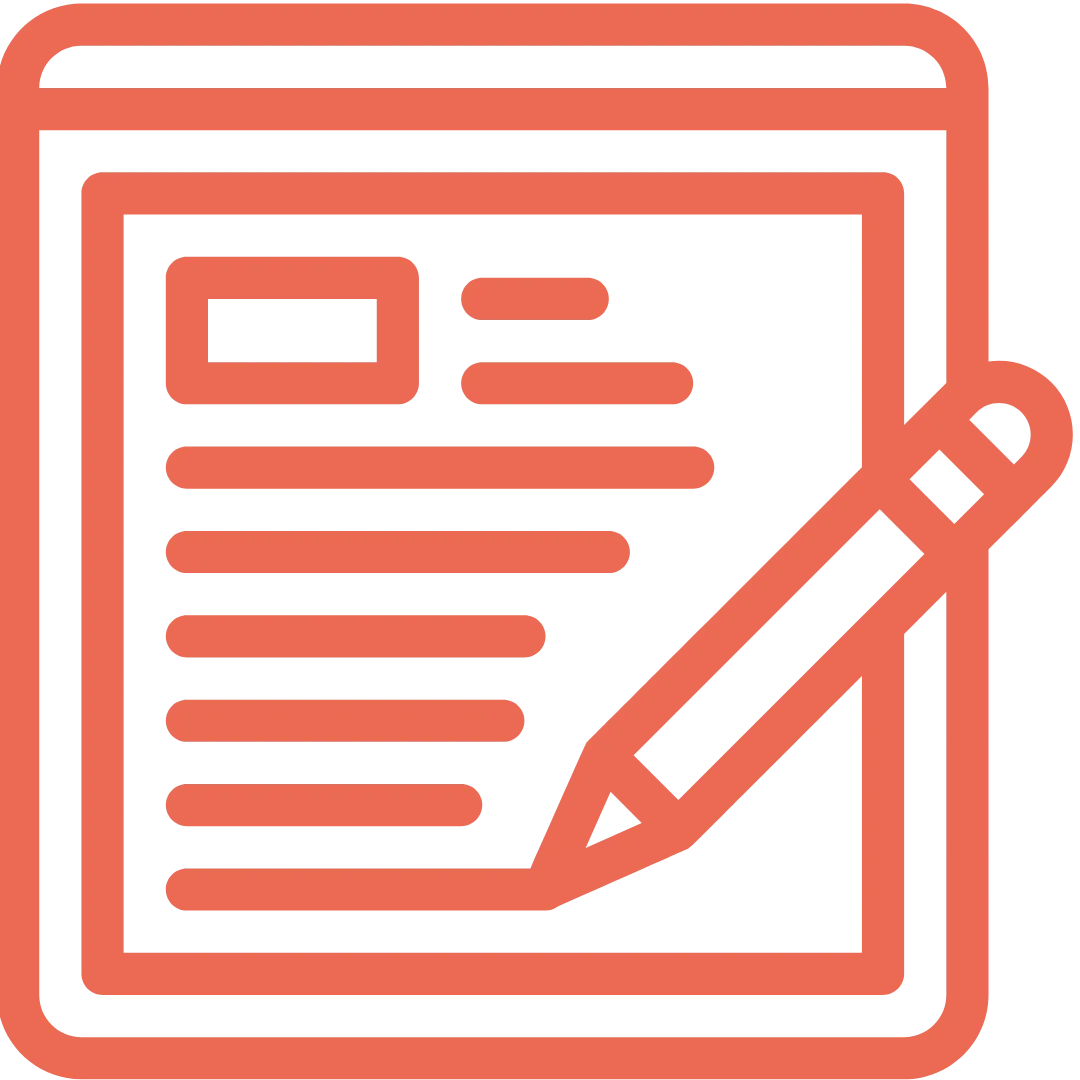

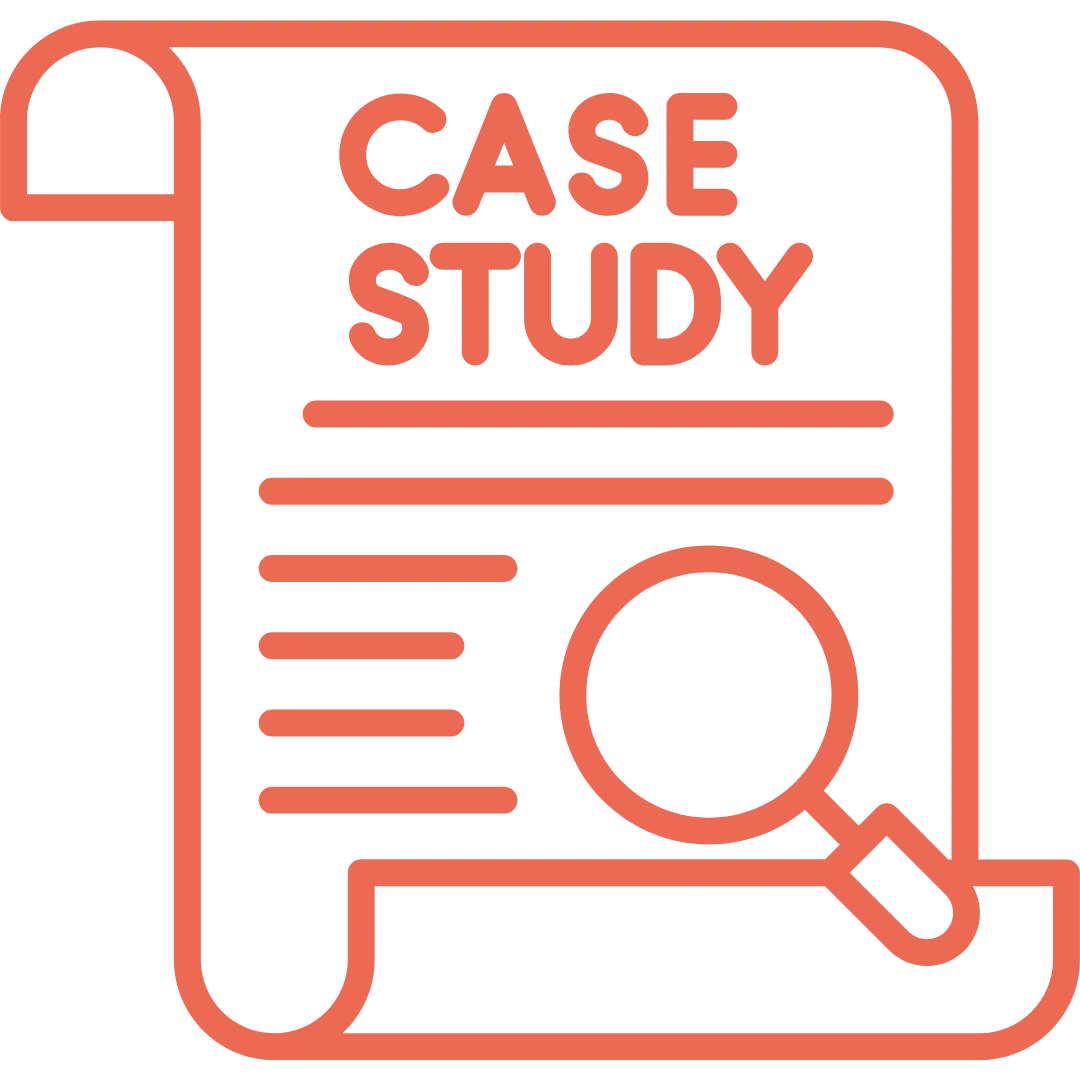






.png)




.webp)

















